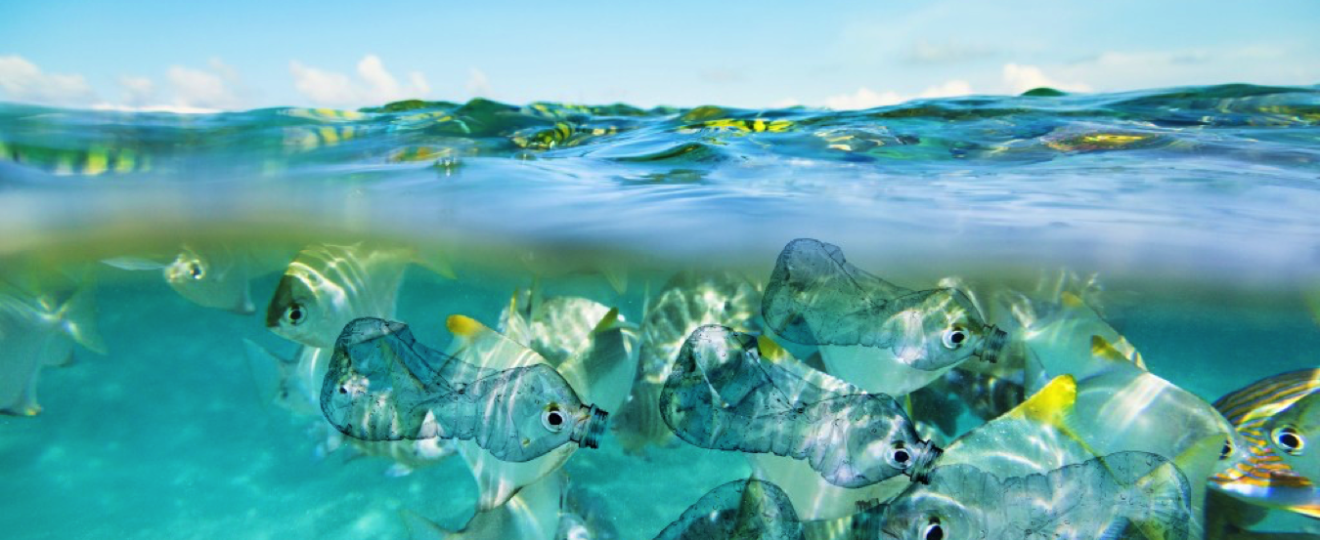Day: September 6, 2016
Micro- and nanoplastics in seafood: EFSA study
From a new study by the European Food Safety Authority Panel on Contaminants in the Food Chain (CONTAM):
Microplastics can contain on average 4% of additives and the plastics can adsorb contaminants.
Toxicity and toxicokinetic data are lacking for both microplastics and nanoplastics for a human risk assessment.
For microplastics and nanoplastics, occurrence data in food, including effects of food processing, in particular, for the smaller sized particles (< 150 μm) should be generated. Research on the toxicokinetics and toxicity, including studies on local effects in the gastrointestinal (GI) tract, are needed as is research on the degradation of microplastics and potential formation of nanoplastics in the human GI tract.
UK will ban plastic micro beads to protect sea life by 2017
Government announces plans to ban microbeads in cosmetics and personal care products.
Read the full communication here.

A study conducted by Plymouth University investigators and published in Marine Pollution Bulletin in 2015 revealed that almost 100,000 ‘microbeads’ could be released in every single application of certain products.
Similarly, in Italy a law proposal has been deposited in May at the Italian Parliament by the NGO Marevivo, which asks for a complete ban on the use of microplastics in cosmetic products by 2019.The parliament shall vote the proposal by November, which would ban both production and selling of care products with microplastics from 1th January 2019.


